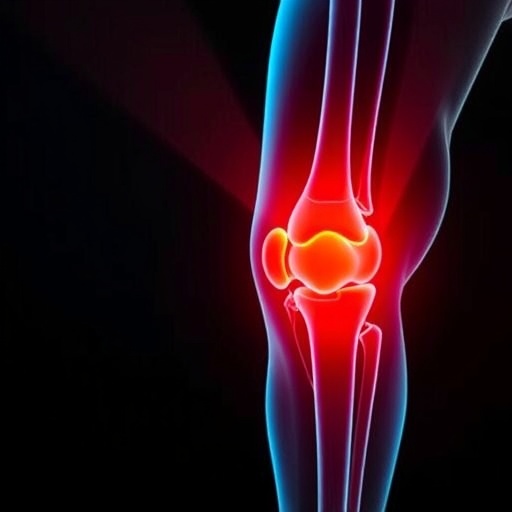
Credit: L. Mahadevan/Harvard SEAS
It is well known that as plants grow, their stems and shoots respond to outside signals like light and gravity. But if plants all have similar stimuli, why are there so many different plant shapes? Why does a weeping willow grow downwards while nearby poison ivy shoots upwards?
Using simple mathematical ideas, researchers from the Harvard John A. Paulson School of Engineering and Applied Sciences (SEAS) constructed a framework that explains and quantifies the different shapes of plant stems.
The research is published in the Journal of the Royal Society Interface.
"We have combined, in one theory, a plant's ability to sense itself and its environment while being constrained by gravity and its elastic nature," said L. Mahadevan, the Lola England de Valpine Professor of Applied Mathematics, of Organismic and Evolutionary Biology, and of Physics. "By accounting for these factors, we can explain the range of shapes seen in nature without the need for complex growth strategies. This in turn implies that the diversity of morphologies seen in your garden may follow from very simple causes."
Mahadevan is also a core faculty member of the Wyss Institute for Biologically Inspired Engineering at Harvard.
Mahadevan and coauthor Raghunath Chelakkot describe plant shoots as 'sentient' meaning they can sense their own shape and the direction of gravity and light through mechanochemical pathways.
When these pathways are triggered by stimuli, one part of the shoot may grow relative to another and change shape. The shoots of the weeping willow, for example, try to grow upwards, away from gravity and towards light. But, because they are so soft, the shoots sag under the weight of gravity and cascade towards the ground. On the other hand, poison ivy shoots start by growing downwards before turning upwards.
How organisms sense and respond to these outside signals is important to understanding everything from plant growth to human development.
"Different organs in our body grow and take on their characteristic shapes by responding to both internal and external signals, such as gravity," said Mahadevan. "We do not yet understand how large-scale shape changes arise from a combination of sensing and growth, and our study attempts to look at one example of this."
###
The research was supported in part by the MacArthur Foundation.
Media Contact
Leah Burrows
[email protected]
617-496-1351
@hseas
http://www.seas.harvard.edu/
############
Story Source: Materials provided by Scienmag





